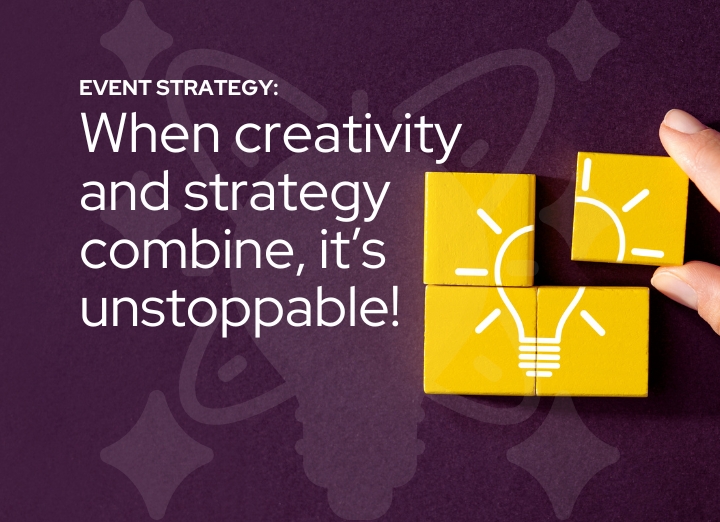There are many variables that influence the success of your graphics.
A list of elements involved in graphic design is below:
COLOR
Color is one of the most important concerns of graphic design. Colors establish moods and subtly project corporate images. Based on colors, people can make assumptions about whether your organization is serious, modern, traditional, reliable, or a joke. Use bright colors in moderation because you want to look professional, but you must draw attention to yourself at the same time. Large graphics with more reserved color selections may not be quite as eye-catching initially, but offer calm, inviting environments that may be favorable to some visitors. Choose your colors carefully, based on what type of audience you want to appeal to.
LIGHT
Without light, there can be no color. Make sure your graphics are incredibly well lit, because bright lights draw peoples’ attention. You can use lights on your graphics to create anything from an ambient, serene glow to a bright and lively look. Quality lighting is a necessary addition to any graphic.
SHAPE
The shape of the graphic surfaces themselves can contribute to the overall impact of the images. For example, long banner graphics are great for printing slogans, and protruding graphic panels make images jump out at visitors, providing depth. If you need an especially interesting graphic design, tension fabrics can be manipulated into different shapes, allowing you to have anything from cylindrical graphics to trapezoidal graphics.
DETAIL
Attention to detail is of utmost importance. When people see something wrong with an image, they will usually discount it and pay attention to something else. Make sure that your graphics are flawless, including text. The graphics you present will need to be seen from many feet away, so the detail and clarity of the images must be superb.
PLACEMENT
The way in which you place images around the graphic should be taken into consideration. For example, your logo or brand name may be easier to remember if it is positioned in the upper left hand side of the graphic. This is because people in the U.S. read from left to right, so it is a natural inclination to start viewing most images from the upper left. The following difference in brand recognition may be small, but minor changes to a graphic layout can have an impact. Don’t forget that the balance, rhythm, and proportion of images in your graphic layouts can be manipulated to create certain moods. Consider the order in which graphic elements need to be seen, as well as what kind of emphasis you want to place on each image. Obviously, larger images are usually remembered more vividly.
MOVEMENT
Adding special effects to your graphic layouts will make them more appealing to the eye. Movement attracts more attention, so incorporate flashing lights, rotation, or wind blown banners into your graphics. However, don’t overdo such effects, because it may make it harder to concentrate on the message you are trying to convey.
Most marketing events require different graphics because of dissimilar themes, venues, audiences, industries, or times of year. Make sure your graphics are appropriate for the event you are attending.





